Are you a beginner looking to get started with core workouts but don’t want to spend money on fancy gym equipment? You’ve come to the right place! In this guide, I’ll take you step by step through simple, effective, and no-equipment core exercises you can do at home.Core strength is essential not only for having a toned midsection but also for improving posture, reducing back pain, and enhancing overall body stability. Whether you want to improve your athletic performance, support your spine, or simply feel stronger in daily life, developing your core is crucial.

Why Core Workouts Matter
Let’s start with the basics. What is the “core”?The core isn’t just your abs (although they play a big role). It’s a group of muscles that includes:
- Rectus abdominis (your “six-pack” muscles)
- Transverse abdominis (deep core stabilizers)
- Obliques (side abs)
- Erector spinae (lower back muscles)
- Pelvic floor muscles
A strong core supports every movement you do—from lifting groceries to playing sports or simply standing upright. If your core is weak, it may lead to poor posture, back pain, or limited functional movement.
👉 Expert Insight: According to the American Council on Exercise (ACE), core training helps enhance balance and stability, reduce the risk of injury, and improve body mechanics during exercise and daily activities.
Common Myths About Core Training
Before we jump into the workout, let’s bust some common myths:
Myth #1 – You Need Crunch Machines or Equipment to Get a Strong Core
❌ False! Bodyweight exercises can be incredibly effective when done correctly and consistently.
Myth #2 – More Reps = Faster Results
❌ Wrong approach. It’s all about quality over quantity. Proper form matters more than doing 100 sit-ups in a row.
Myth #3 – Only Abs Matter for a Strong Core
❌ The core includes multiple muscles, not just the “six-pack.” Ignoring the obliques, transverse abdominis, and lower back can cause imbalances.
How to Get Started Safely: Tips for Beginners
Starting your fitness journey is exciting, but safety should always come first. Here are some practical tips:
- Start Slow: If you’ve never done core exercises before, don’t rush into advanced moves. Master the basics first.
- Focus on Form: Quality > Quantity. Incorrect form can lead to injury, especially for the lower back.
- Consistency Is Key: Aim for 3 sessions per week to see steady progress.
- Listen to Your Body: If you feel pain (sharp or intense), stop immediately and rest.
👉 Pro Tip: Warming up before the core workout is essential. Spend 5–10 minutes doing light cardio (like marching in place or jumping jacks) plus dynamic stretches (like torso twists).
The Ultimate No-Equipment Core Workout for Beginners
Below is a simple, effective core workout you can perform at home with no equipment needed. The entire session should take about 20–30 minutes.
Warm-Up (5–10 minutes)
- Arm Circles (1 minute)
- Standing Torso Twists (1 minute)
- High Knees Marching (1 minute)
- Hip Circles (1 minute)
- Light Jog in Place (2 minutes)
Core Workout Routine
1. Plank – 3 Sets of 20 Seconds
How to do it:
- Get into a push-up position, but rest your forearms on the ground.
- Keep your body straight from head to toe.
- Engage your abs and glutes.
- Hold for 20 seconds.
Tip: Don’t let your hips sag. Imagine your body as a straight plank.
2. Dead Bug – 3 Sets of 10 reps per side
How to do it:
- Lie on your back with arms extended toward the ceiling.
- Lift both legs so knees are bent at 90 degrees.
- Lower your right arm and left leg slowly, keeping your core engaged.
- Return to the starting position and switch sides.
3. Glute Bridge – 3 Sets of 15 Reps
How to do it:
- Lie on your back with knees bent and feet flat on the floor.
- Push through your heels to lift your hips until your body forms a straight line from shoulders to knees.
- Squeeze your glutes and core.
- Hold for 1 second, then lower back down.
4. Bicycle Crunch – 3 Sets of 15 Reps per Side
How to do it:
- Lie on your back, hands behind your head, and knees bent.
- Lift your shoulders off the ground.
- Bring your right elbow toward your left knee while extending the right leg.
- Alternate sides in a pedaling motion.
5. Leg Raises – 3 Sets of 12 Reps
How to do it:
- Lie flat on your back, legs straight.
- Place your hands under your hips for support.
- Lift your legs slowly until perpendicular to the floor.
- Lower them down without touching the ground.
6. Side Plank – 2 Sets of 15 Seconds per Side
How to do it:
- Lie on your side, propped up by your forearm.
- Keep your body straight.
- Engage your core and lift your hips.
- Hold for 15 seconds.
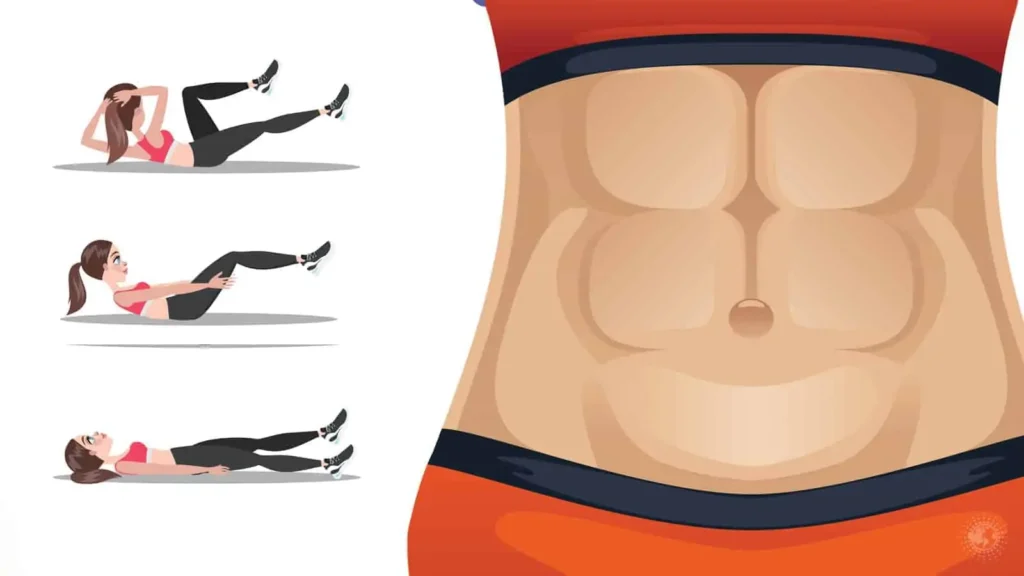
Cool-Down (5 minutes)
- Child’s Pose Stretch (1 minute)
- Cat-Cow Stretch (1 minute)
- Seated Forward Fold (1 minute)
- Deep Breathing (1 minute)
How Often Should Beginners Do Core Workouts?
👉 Aim for at least 3 sessions per week.
Rest days are just as important as workout days. Muscles need time to recover and grow stronger.
Progression Tip:
Once you feel comfortable, gradually increase the duration of planks and side planks, or add repetitions to exercises like bicycle crunches and leg raises.
Common Mistakes to Avoid
Holding Your Breath
Breathing is essential. Exhale as you exert effort, and inhale during relaxation.
Arching Your Lower Back
This puts unnecessary strain on the lumbar spine. Always engage the core.
Rushing the Movements
Slow and controlled movements target muscles better and prevent injury.
Real-Life Case Study: How Priya Strengthened Her Core in 8 Weeks
Priya, a 28-year-old working professional, wanted to improve her core strength to reduce back pain caused by long working hours. She followed this simple routine three times a week.
After 8 weeks:
- She experienced a noticeable reduction in back pain.
- Her posture improved significantly.
- She felt more energized throughout the day.
👉 This proves that you don’t need a gym or fancy equipment to get results. Consistency and proper form made the difference.
Expert Advice on Core Workouts
Dr. Anjali Mehta, Certified Fitness Trainer and Physiotherapist, says:
“A strong core is the foundation of overall body strength. Beginners should focus on building a strong base with simple exercises before moving on to advanced moves. Consistency, proper form, and rest are crucial.”
FAQs
Conclusion: Build Your Strong Core Starting Today!
Building core strength doesn’t have to be complicated or expensive. By following this no-equipment workout plan, you’ll strengthen your abs, improve posture, and feel better in your daily activities.
Remember:
- Prioritize proper form over high reps
- Be consistent and patient
- Combine workouts with healthy nutrition for the best results
Take the first step today and commit to improving your core strength. Your body will thank you later!
Don’t forget to bookmark this guide and share it with your friends who are also starting their fitness journey!
Author Bio
Vikrant Rajput – A passionate fitness blogger and certified wellness enthusiast who loves simplifying health, nutrition, and workout tips for everyday people. I’ve spent years studying fitness science and helping beginners build sustainable, healthy habits without complicated equipment or routines.
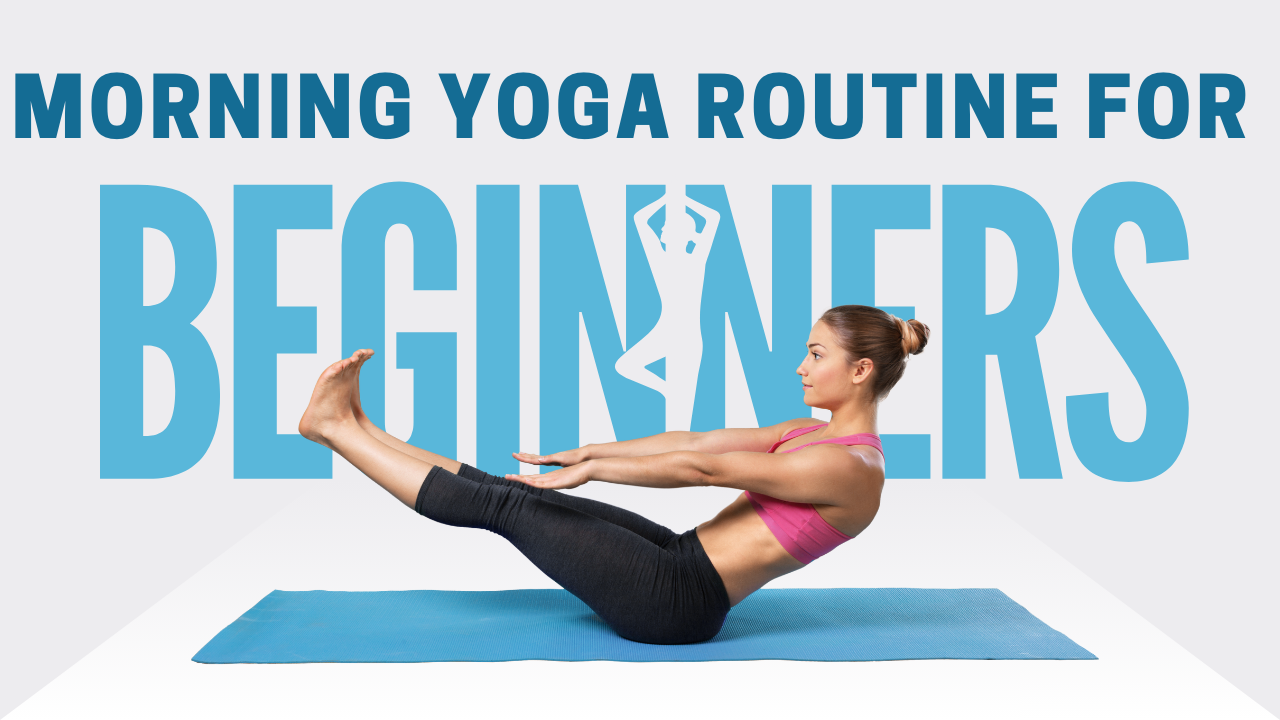
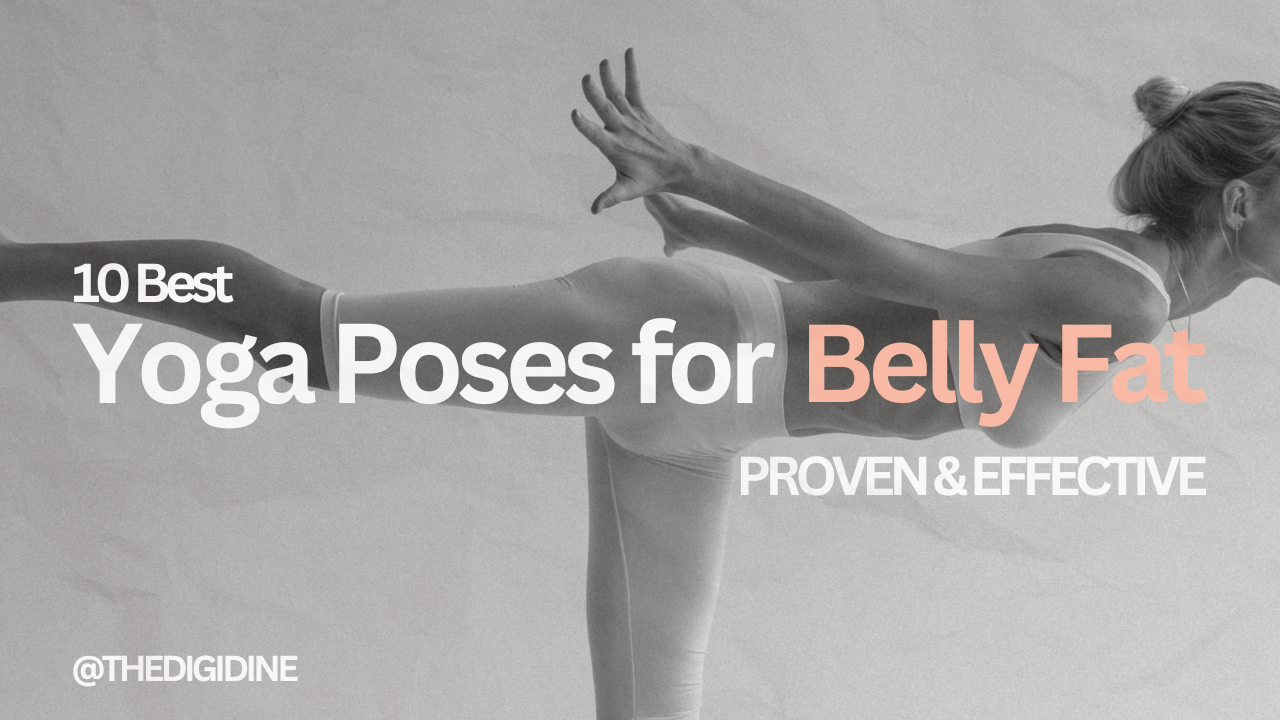
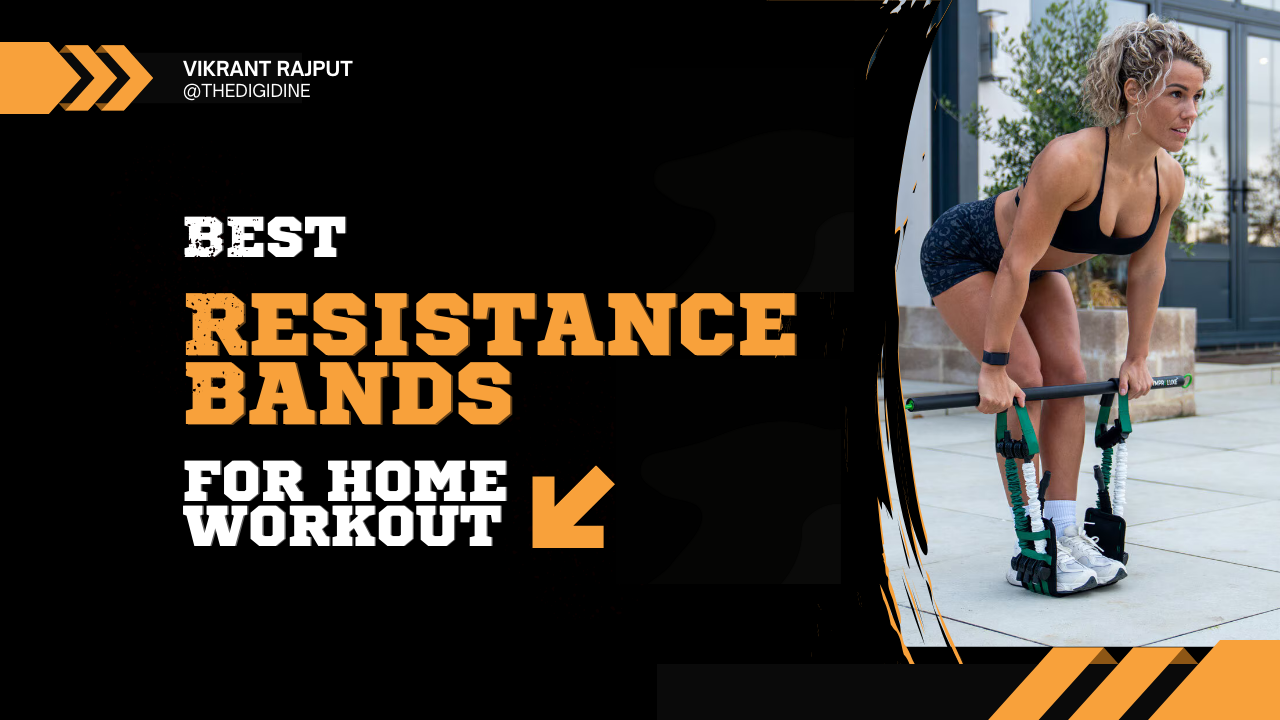
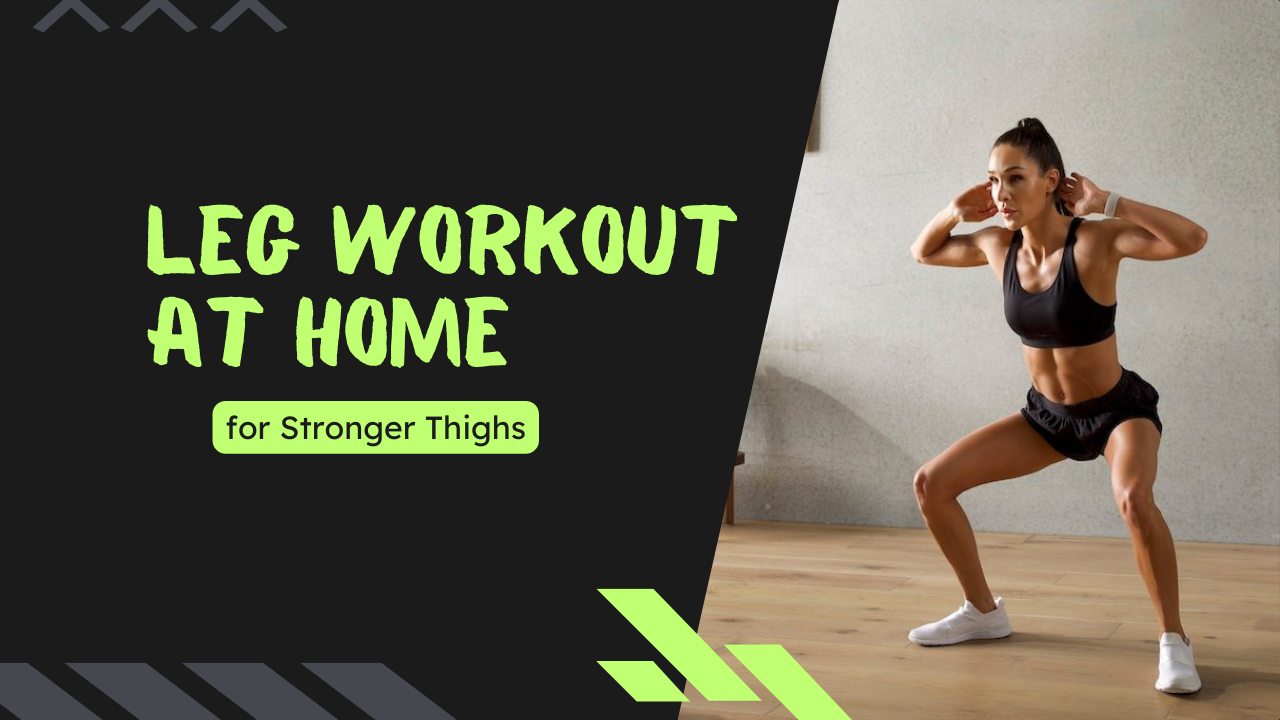





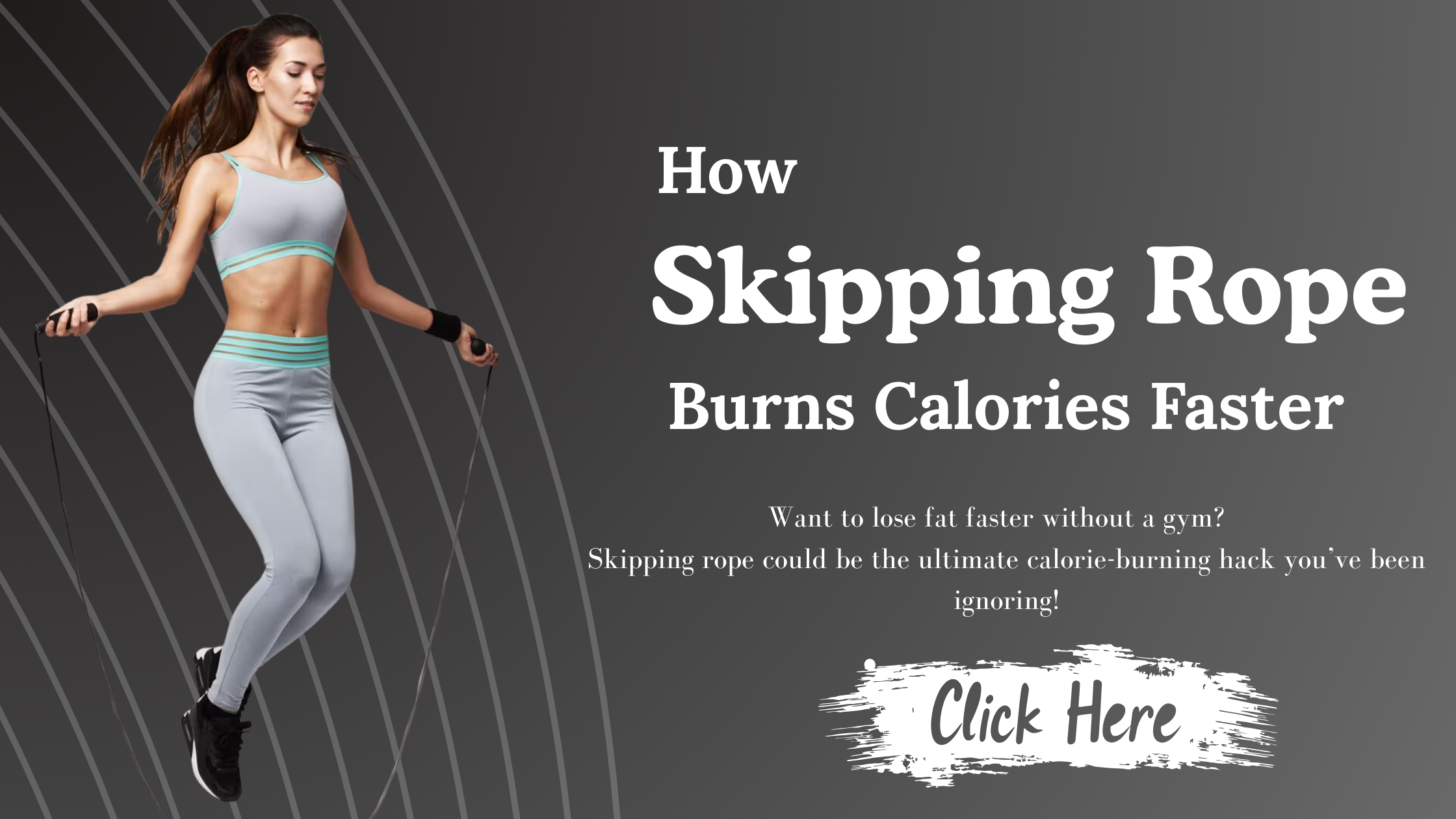
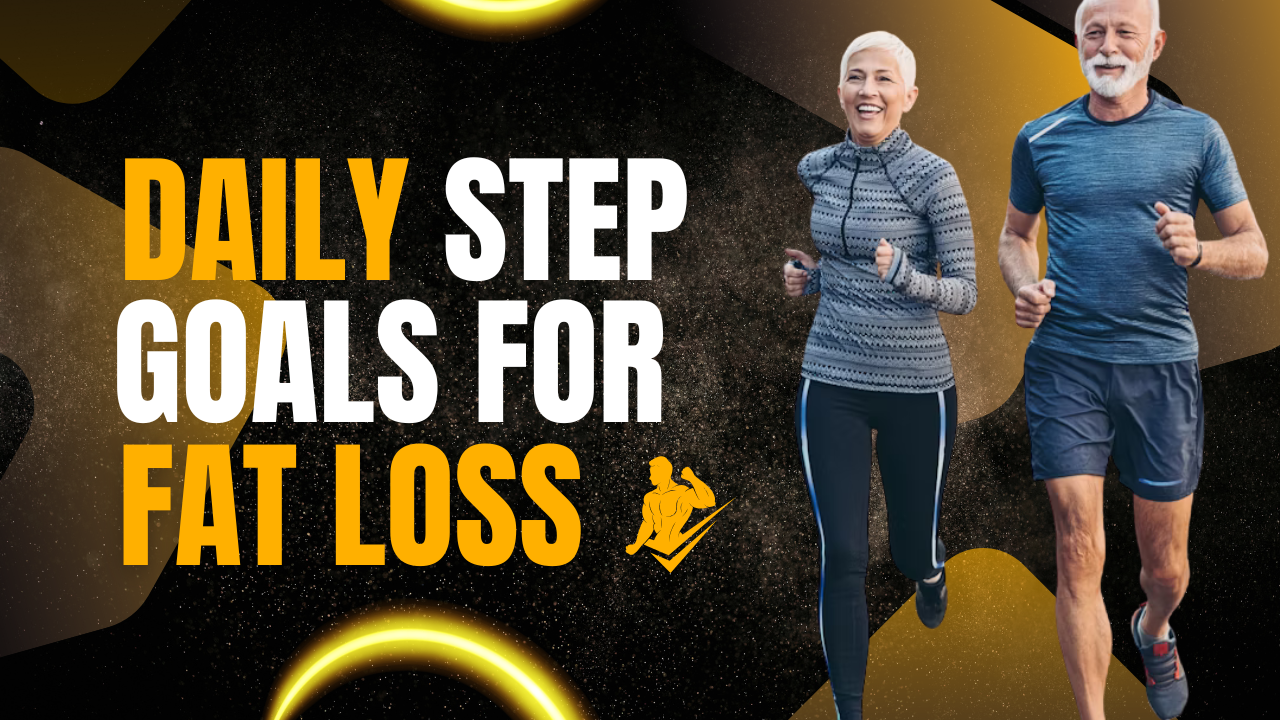
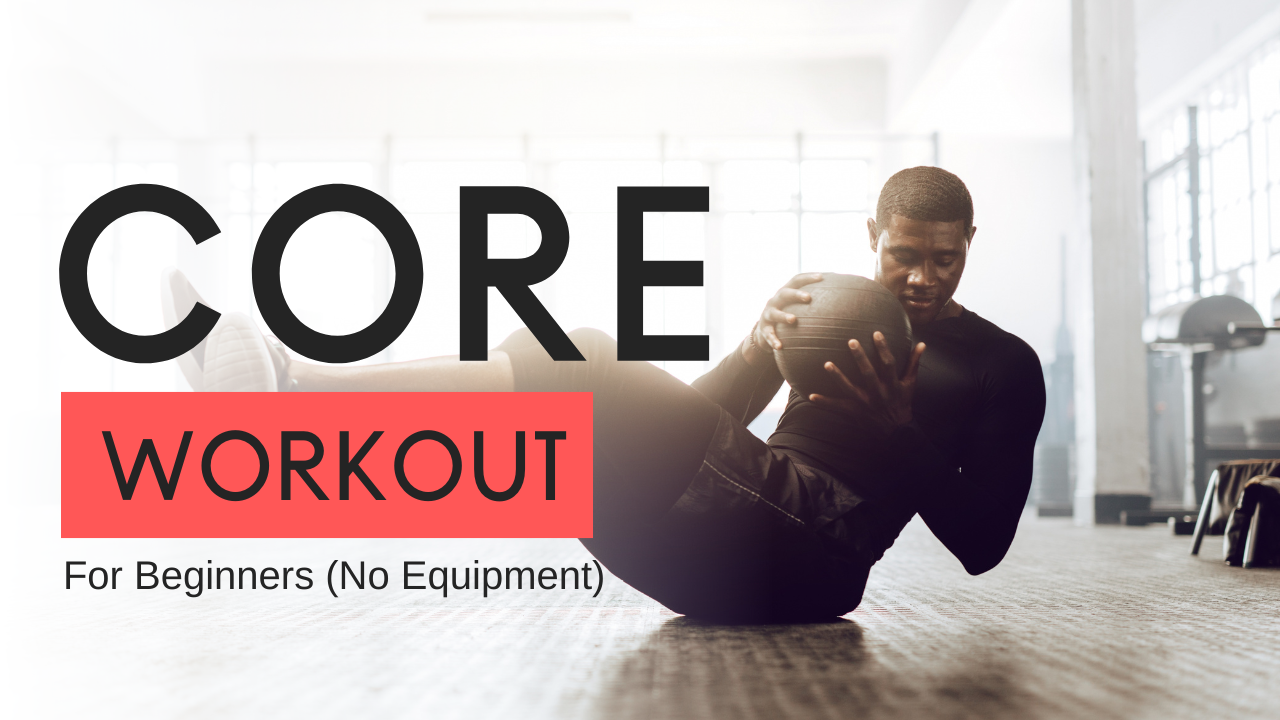
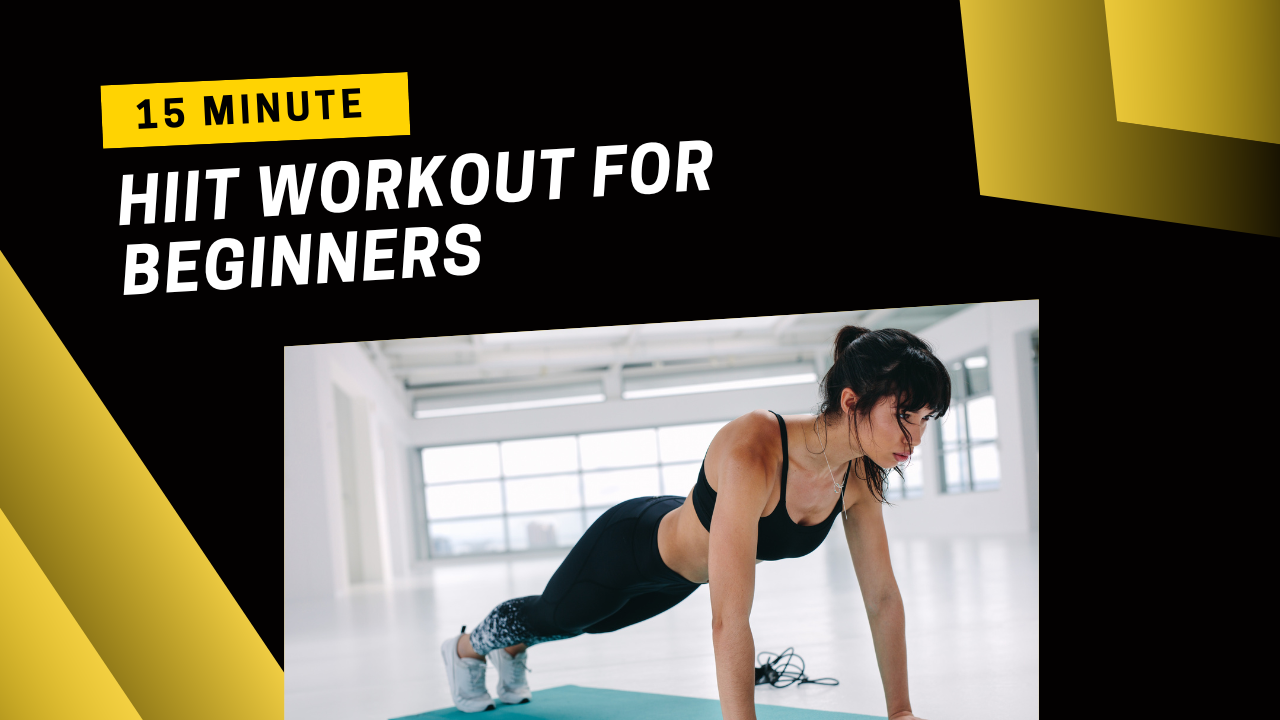
Leave a Reply to Best Resistance Bands for Home Workout in India (2025 Guide) Cancel reply